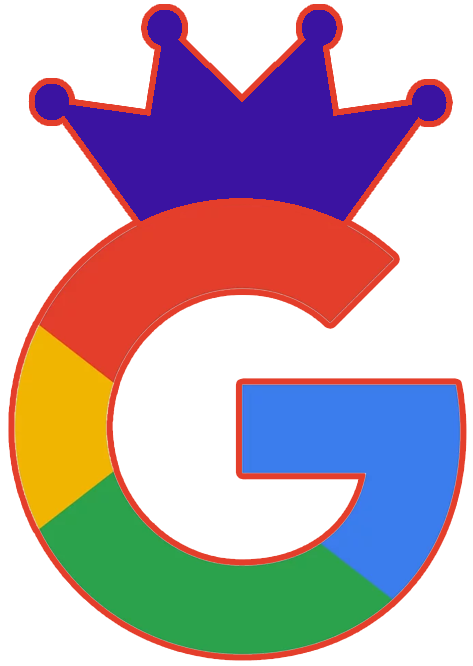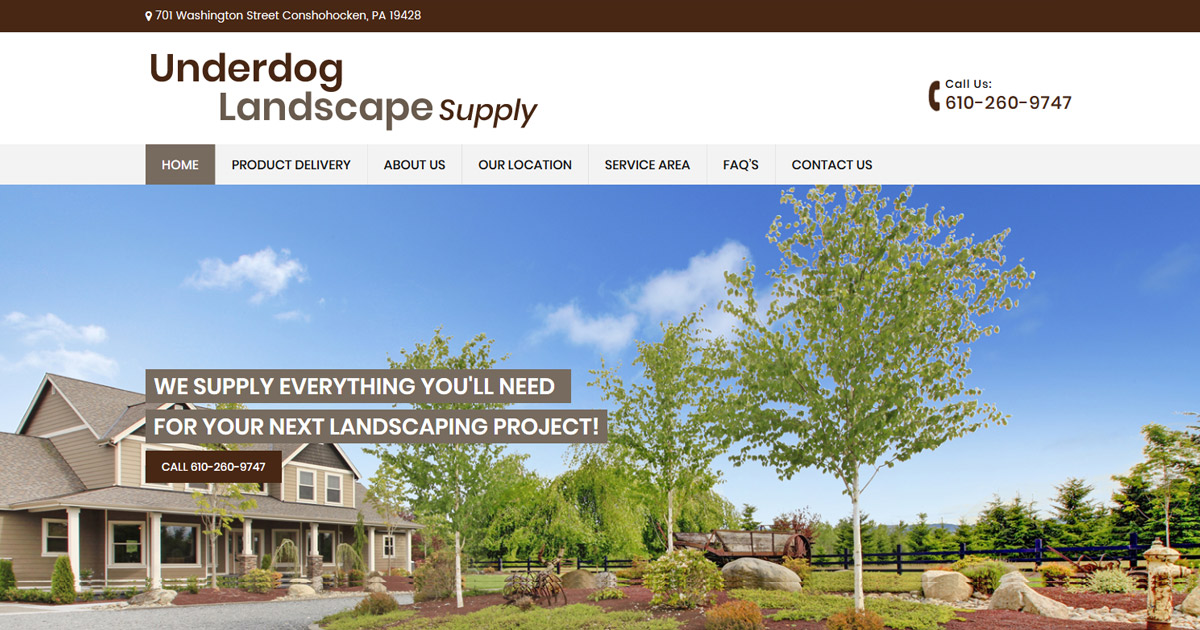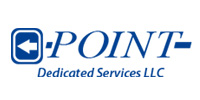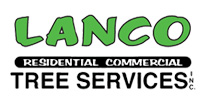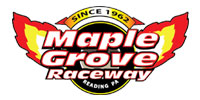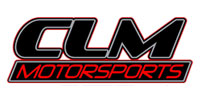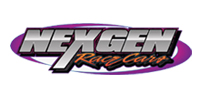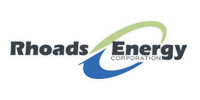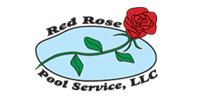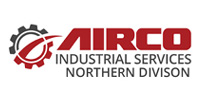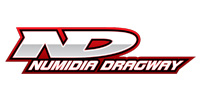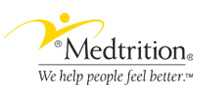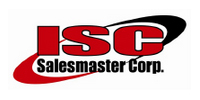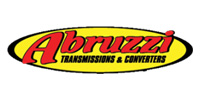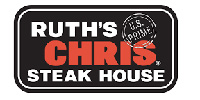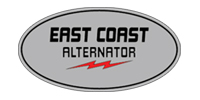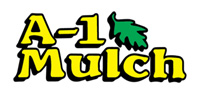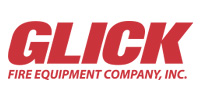2 – Focus your website on your target market
Search engine optimize the pages of your website so that they are properly interpreted by and ranked for the search terms related to your target market.
The Build of Your Website
Search engine optimization begins with the design and coding of your website. Your website should use XHTML or HTML5 and CSS for positioning and styling the elements of each page. Web pages built using tables for positioning have distinct disadvantages over table-less designs when it comes to ranking in search engine results, not to mention accessibility issues. If you already have a website, and it was built using tables, it’s probably well past time to upgrade. We haven’t built a website with tables since early 2005.
Identify Your Target Market
Whether you’re building a new website or rebuilding on an older table-built site, the first step in planning your SEO strategy is clearly identifying your target market. Is your market geocentric to a specific town, state or region? Is it nationwide? Is it worldwide? If you’re in the widget business and your market is geocentric, your key phrases will use town, state or regional modifiers in them, for example “Lancaster, PA widget sales” as opposed to “widget sales” for a national or international campaign.
With the geography of your campaign defined, next you’ll need to identify all of the phrases that are relevant to your business. There are keyword suggestion tools online: one of the older and more respected is WordTracker.com. Keyword suggestion tools can suggest similar phrases you may want to target to the ones you choose to input. They estimate the amount of traffic you may expect to receive if your website is top ranked for each phrase. If you’re knowledgeable about your market, you probably know some of the words your potential visitors may use to search out your website; you can base your initial keyword research around the market specific terminology you already know. Do a bit of casual market research by soliciting those not working in your business regarding what phrases they may use to try to find the goods and services you’re offering.
A note of caution: our experience has proven that none of these tools gives accurate predictions of the actual traffic amount. Most offer estimates which are higher than the real traffic potential. We base this opinion on a number of top ranked sites we have maintained over the years, and comparison of actual visitor numbers to those suggested by these tools.
The Holy Grail
Every SEO campaign will have one phrase that the website owner may consider the Holy Grail phrase for the campaign. A phrase, that if the site reaches the top ten, five, or even number one position, means that the website and campaign can be considered a success, and kudos will be offered to the website optimizer. What those new to the internet do not realize is that there are few industries where the rankings and success of one phrase can support a business. Even success for a number of phrases is not always an insurance policy.
The Long Tail of Search
Less popular search phrases, those with perhaps only one or a few potential search referrals per month are often referred to as the long tail of search. Long tail, because if you target enough of these low traffic, and in theory, low competition search phrases, potentially you can end up with just as many total search referrals at the end of the month as you would have had if your site was top ranked for the Holy Grail phrases in your target market. Some would say at a lower total cost, and that’s debatable on a market by market basis.
While there may be a large number of very relevant long tail phrases, there are a greater number that are not really relevant at all. As an example, a realtor may consider a specific street address a great long tail phrase, but in reality just because someone searches a street name or specific address number and street, it does not automatically imply they’re shopping for a house. These types of close, but missing the target referrals, can really skew monthly traffic reports, so you’ll need to dig deeper into the traffic details to evaluate the success or failure of any SEO campaign that includes long tail search targeting.
Page by Page “On page SEO”
Now with your comprehensive list of key phrases in hand, how do you optimize your website? Considering that today Google’s algorithm evaluates every web page on well over 200 discrete factors, it’s beyond the scope of this paper to specifically address every factor. We will, however, touch on the most important factors.
1. Copy. The rule of thumb states that you can potentially target 3 keyword phrases with each page. While you may be forced to use this rule on your home page we suggest that you target one phrase, along with its close variations on each page. In this way your pages will be more focused/less diluted and more powerful when competing against the other relevant pages in your market. Writing copy for human visitors and search engine spiders is not the same. We recommend you write your copy specifically for the optimal visitor experience. Once the copy is completed it can then be adjusted to be properly interpreted for your key phrases by Google and the other search engines.
2. Architecture. Website architecture describes how the infrastructure of a website is used to link the pages of a website together. Simple websites can, and should have every page of the site link to every other page of the site. This makes every page only one click from the home page, and therefore, all pages will be considered as equal strength by the search engines.
With larger websites you may be forced to limit the number of links out from the home page to keep the site navigation useable and to optimize visitor experience. You may want to link just the primary internal pages from the home page and then leave secondary pages two or more clicks away from home. You can always add a sitemap page to list every page on the site: a kind of site index page that will also bring all pages just one click from home. I should note that a sitemap does not address the strength issue afforded by inner linking of one page to another on your site: just the relative distance from the home page.
3. Meta Tags. Yes meta tags are still used by the search engines. While Google recently confirmed the long held idea that they ignore the keyword meta tag, the title and description tag have always been in use and can aid in rankings, as well as click through rates, as they may be excerpted by the engines and used as part of a websites listing. Every page should have a unique relevant title and description meta tag, and while you’re at it, take the time to set the keyword meta tag for each page as well. Even though it’s not used by Google, it may bring the occasional visitor from older meta based search engines to repay the effort.
4. H1, H2… title tags. Use them and make them relevant to each page and the intended key phrase.
5. Alt image tags. Set them up. Alt image tags are not only important for someone who browses with the images turned off in their browser, they are the only way search engines know what an image represents. Choose pictures relevant to your copy and then describe them in alt tags, including your target phrase when appropriate.
6. Relevant vs. Absolute internal links. Setup all of your internal links as absolute links.
Actual search engine optimization involves much more that the six points above, and if you have high expectations for your website, it is best handled by an experienced SEO specialist. When searching for an expert SEO specialist, check their credentials. How long have they been providing SEO services? Can they show you results of older long term SEO projects? Of newer campaigns they manage?
Link Popularity
Ah, the foundation of Google’s initial success! Google’s founders decided that if they could count and track the number of external links coming in to a website, they could assess its quality and relevance for given searches. The link popularity story can be simply understood if you consider this: if search was a democracy and links were equivalent to votes, the website with the most links would rank highest.
The idea was that in a natural, un-manipulated search environment, better quality websites would naturally get more links as other websites used them as references. While a sound principle, it can take forever for these natural links to actually accumulate to the point where your website can be competitive.
In the years since Sergey Brin and Larry Page first launched their Google search engine, the link popularity factor included in their ranking algorithm has been refined. Today, links from non relevant or SPAMMY neighborhoods of the internet are not credited. The more relevant the website providing the link to your site, the more power it passes to your website.
Links can also be used to direct a website towards higher rankings for specific searches by using the desired search phrase as the anchor text (clickable part) of the link. Today you can see the current link count that Google has for your website along with the text used to link to your website. All you need is a free Google Webmaster Tools account and access to the hosting account of your website in order to confirm that you are in fact the owner. They don’t give out your website information to everyone, and that’s a good thing.
Selecting a company to run your link popularity campaign
For many years companies involved in providing SEO services have offered link building services in order to help increase a website’s link popularity and to drive it to the top for related searches.
Care should be taken when selecting a company to run your link building campaign. Not all links are of equal value and the act of contacting relevant potential link partners, collecting responses and posting reciprocal links to your website is a time consuming affair. Expect to pay between $40 and $200 for each new relvant link acquired, and if you find someone offering the service for less, don’t forget, you get what you pay for!
The Link building landscape has changed dramatically post Google’s Panda & Penguin algorithm updates of 2011 and 2012. In order to acquire high quality links today you must be much more creative and at the same time conservative to not violate Google’s Webmaster Guidelines.
Evaluating Search Engine Optimization Performance
Website owners often wrongly judge the success of their SEO campaign based on a few holy grail phrases and will often fire their SEO if the site does not reach a high enough level in the search results within what they deem, a reasonable amount of time. The real measure of success is in the monthly traffic reports measuring the growth of month over month search engine referrals. Back in 2002 a brand new domain name with a new website properly optimized, and a quick link popularity campaign could land at the top of the search results on all of the search engines in a few short months. Today with the ever growing level of competition for most search phrases, a year and more is a more realistic time frame.




